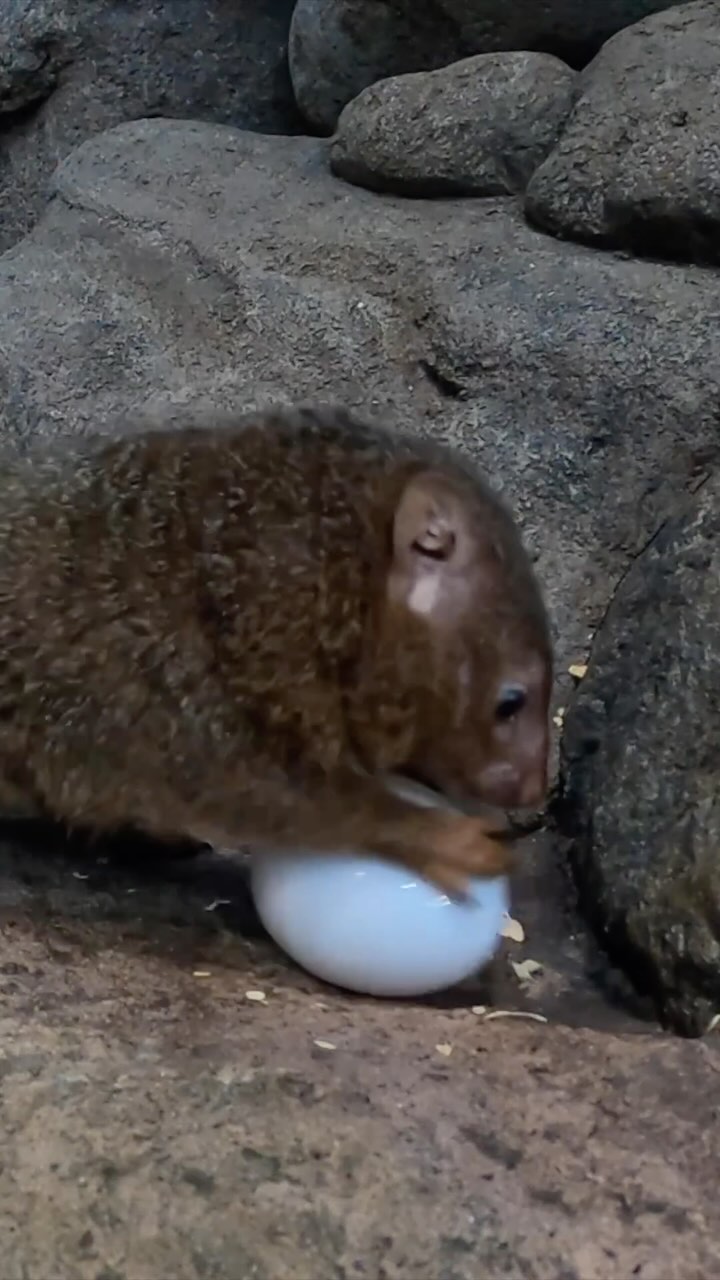- Explore the zoological aspects of mongoose behavior and their ecological impact.
- Delve into the initiatives and contributions of Team Mongoose in wildlife conservation and zoo management.
- Understand the significance of egg protection and care by mongoose species.
- Highlight the importance of supporting biodiversity and enhanced conservation efforts.
The mongoose, a small carnivorous mammal belonging to the family Herpestidae, plays a crucial role in maintaining ecological balance. Known for their agility and sharp intelligence, mongooses exhibit fascinating behavioral traits that intrigue zoologists and wildlife enthusiasts alike. Their ability to adapt to various habitats, from dense forests to dry grasslands, marks them as resourceful survivors. Mongooses are social creatures, often living in groups, which provides them with enhanced protection from predators and enables cooperative hunting strategies. Studies show that these animals have developed sophisticated communication systems, using vocalizations, body language, and even scent markings to interact with one another.
Mongooses have a notable ecological impact, acting as both predator and prey within their food chains, controlling populations of insects, rodents, and occasionally snakes. They have a famed resilience to snake venom, which allows them to hunt some species of snakes, a behavior that has fascinated researchers and contributed to mongoose mythology in various cultures. This predator-prey relationship highlights the mongoose’s role in biodiversity, showcasing the importance of preserving their habitats to maintain ecological harmony.
The conservation and management of wildlife, including mongoose species, require coordinated and sustainable efforts. Team Mongoose, an innovative initiative within wildlife conservation, exemplifies such endeavors. Recognized for their comprehensive conservation strategies, this team employs a blend of modern technology and traditional ecological knowledge. They focus on habitat restoration, species monitoring, and community engagement. By using satellite tracking and drone surveillance, they gather data on mongoose populations and their movements, which aids in devising effective conservation plans.
Zoo management also forms a critical part of Team Mongoose’s mission. By providing enriched environments that mimic the mongoose’s natural habitat, zoos can foster natural behaviors and improve the wellbeing of these animals. Educational programs within zoos further serve to enlighten the public about mongoose species and the broader conservation challenges they face, nurturing a generation of informed conservationists.
One of the intriguing aspects of mongoose behavior is their care for eggs, whether through direct parental investment or as part of their diet. Female mongooses exhibit high levels of maternal care, ensuring the survival of their offspring through protection and stimulation. Egg predation by mongoose species contributes to natural selection processes within ecosystems, influencing the evolutionary paths of other species, particularly birds, whose eggs are sometimes preyed upon by mongoose. Understanding these interactions is essential for developing conservation strategies that balance the needs of various species.
Biodiversity support and enhanced conservation efforts are fundamental for maintaining the health of our planet’s ecosystems. Protecting species like the mongoose and their habitats safeguards ecological processes and biodiversity. Conservationists, policy makers, and communities must collaborate to reduce habitat loss, combat poaching, and mitigate human-wildlife conflict. By doing so, they support not only the mongoose but the multitude of other species that share its environment, reinforcing the interconnectivity of life systems.
Eggcellent work by Team Mongoose exemplifies a successful integration of research, conservation, and education. Through carefully curated initiatives, they demonstrate the profound impact of collaborative efforts in wildlife conservation and zoo management. As we strive to conserve the mongoose and other species, understanding their ecological roles and behaviors remains paramount. With continued dedication to these efforts, conservationists can foster a sustainable coexistence between humans and wildlife, ensuring the resilience and health of our planet’s ecosystems for future generations.
*****
Source Description
Eggcellent work by Team Mongoose
class=”instagram-media” data-instgrm-permalink=”https://www.instagram.com/reel/DENSIv0RWwF/” data-instgrm-version=”14″ style=” background: border:0; border-radius:3px; box-shadow:0 0 1px 0 rgba(0,0,0,0.5),0 1px 10px 0 rgba(0,0,0,0.15); margin: 1px; max-width:540px; min-width:326px; padding:0; width:99.375%; width:-webkit-calc(100% – 2px); width:calc(100% – 2px);”>


